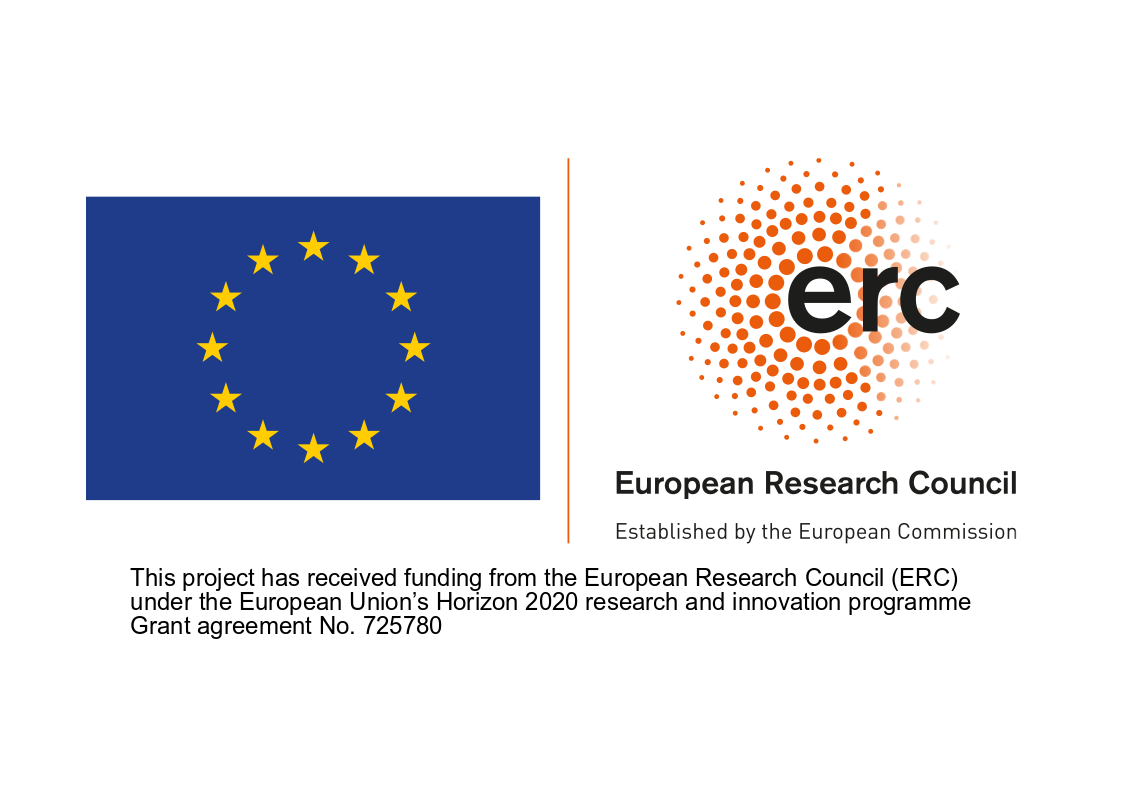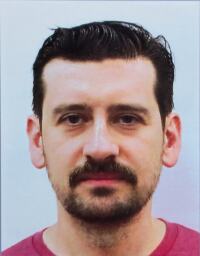Hippenmeyer Group
Genetic Dissection of Cerebral Cortex Development
The human cerebral cortex, the seat of our cognitive abilities, is composed of an enormous number and diversity of neurons and glia cells. How the cortex arises from neural stem cells is an unsolved but fundamental question in neuroscience. In the pursuit of mechanistic insights, the Hippenmeyer group genetically dissects corticogenesis at unprecedented single cell resolution using the unique MADM (Mosaic Analysis with Double Markers) technology.
The Hippenmeyer group’s current objectives are 1) to establish a definitive quantitative and mechanistic model of cortical neural stem cell lineage progression; 2) to dissect the cellular and molecular mechanisms generating cell-type diversity; 3) to determine the role of genomic imprinting, an epigenetic phenomenon, in cortex development. In a broader context, the group’s research has the ultimate goal to advance the general understanding of brain function and why human brain development is so sensitive to disruption of particular signaling pathways in pathological neurodevelopmental diseases and psychiatric disorders
Team
Current Projects
Determine neuronal lineages by clonal analysis | Mechanisms generating cell-type diversity | Probing genomic imprinting in cortex development

Publications
Casado Polanco R. 2025. Role of NOTCH signaling in radial glial progenitor lineage progression. Institute of Science and Technology Austria. View
Miranda O. 2025. Unraveling the role of Pten in cortical stem cell lineage progression using MADM. Institute of Science and Technology Austria. View
Yotova I, Proestling K, Pauler F, Rainer L, Kaup L, Heine J, Sandrieser L, Wenzl R, Hudson QJ. 2025. LINC01638 promotes epithelial-to-mesenchymal transition in endometriosis epithelial cells by up-regulating RHOB via HDAC1 suppression. Reproductive Biomedicine Online. 51(3), 104942. View
Gao X, Li J-L, Chen X, Ci B, Chen F, Lu N, Shen B, Zheng L, Jia J-M, Yi Y, Zhang S, Shi Y-C, Shi K, Propson NE, Huang Y, Poinsatte K, Zhang Z, Yue Y, Bosco DB, Lu Y, Yang S, Adams RH, Lindner V, Huang F, Wu L-J, Zheng H, Han F, Hippenmeyer S, Stowe AM, Peng B, Margeta M, Wang X, Liu Q, Körbelin J, Trepel M, Lu H, Zhou BO, Zhao H, Su W, Bachoo RM, Ge W. 2025. Reduction of neuronal activity mediated by blood-vessel regression in the brain. Nature Communications. 16, 5840. View
Pipicelli F, Villalba Requena A, Hippenmeyer S. 2025. How radial glia progenitor lineages generate cell-type diversity in the developing cerebral cortex. Current Opinion in Neurobiology. 93, 103046. View
ReX-Link: Simon Hippenmeyer
Career
Since 2019 Professor, Institute of Science and Technology Austria (ISTA)
2012 – 2019 Assistant Professor, Institute of Science and Technology Austria (ISTA)
2011 – 2012 Research Associate, Stanford University, Palo Alto, USA
2006 – 2011 Postdoctoral Fellow, Stanford University, Palo Alto, USA
2004 – 2006 Postdoctoral Associate, University of Basel and Friedrich Miescher Institute for Biomedical Research, Basel, Switzerland
2004 PhD, University of Basel, Switzerland
Selected Distinctions
2016 ERC Consolidator Grant
2014 HFSP Program Grant
2013 Marie Curie Career Integration Grant
2009 – 2011 Fellowship for Advanced Researchers, Swiss National Science Foundation, Bern, Switzerland
2007 – 2009 HFSP Long-term Fellowship
2006 EMBO Long-term Fellowship
2005 Natural Sciences Faculty Prize for the best PhD thesis of the year
2004, University of Basel, Switzerland
2005 Edmond H. Fischer Prize













